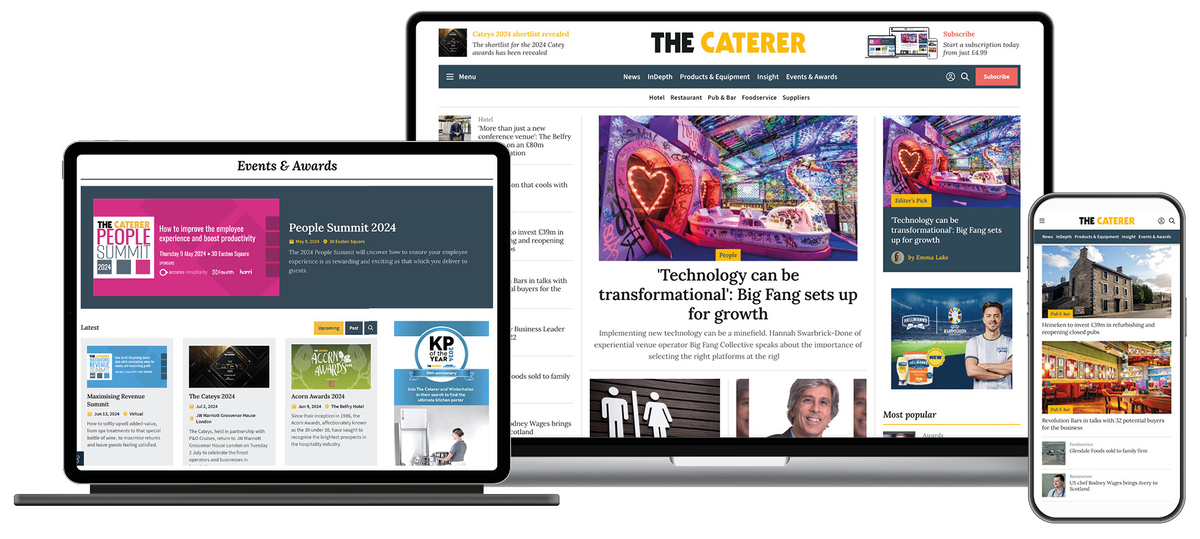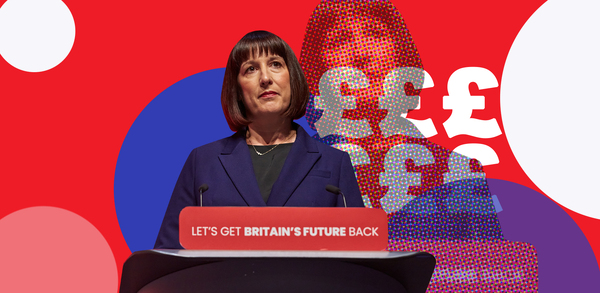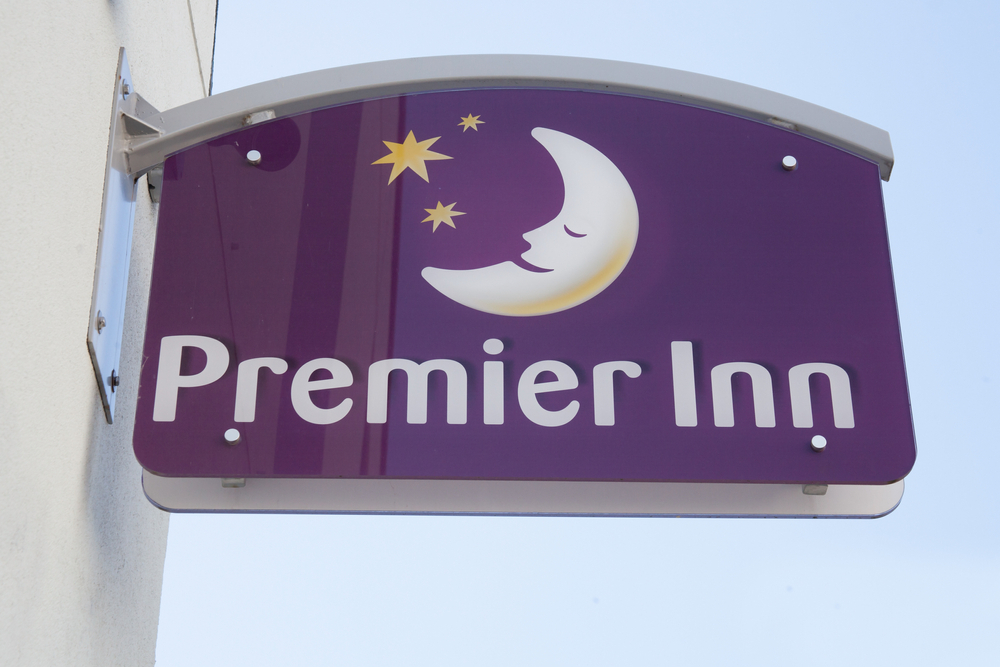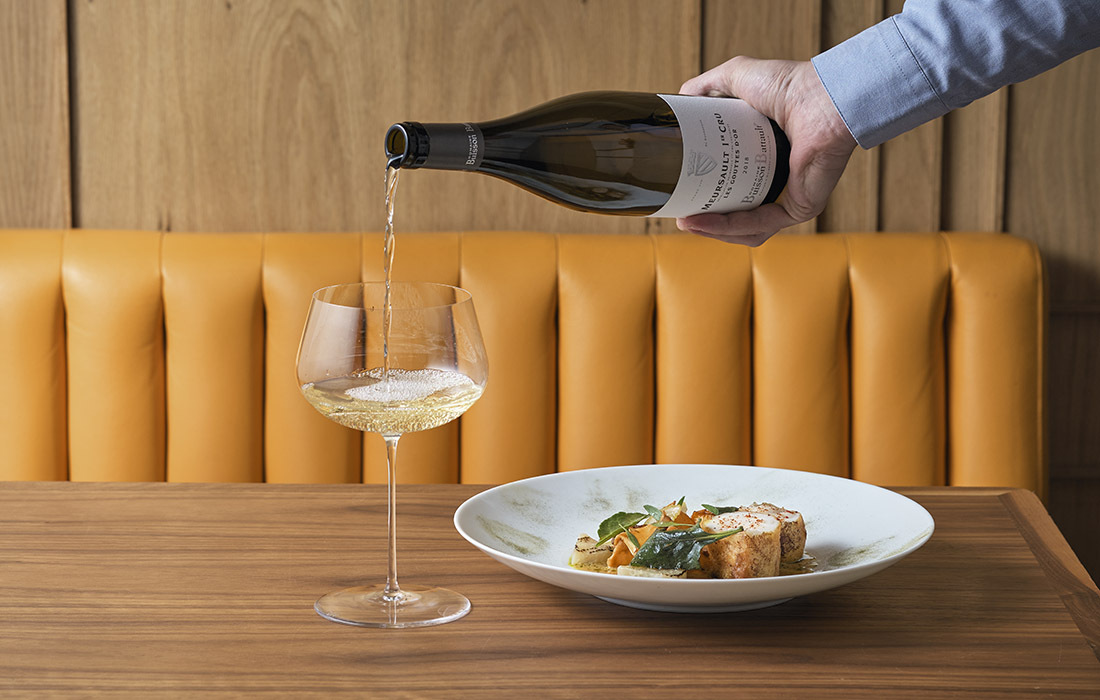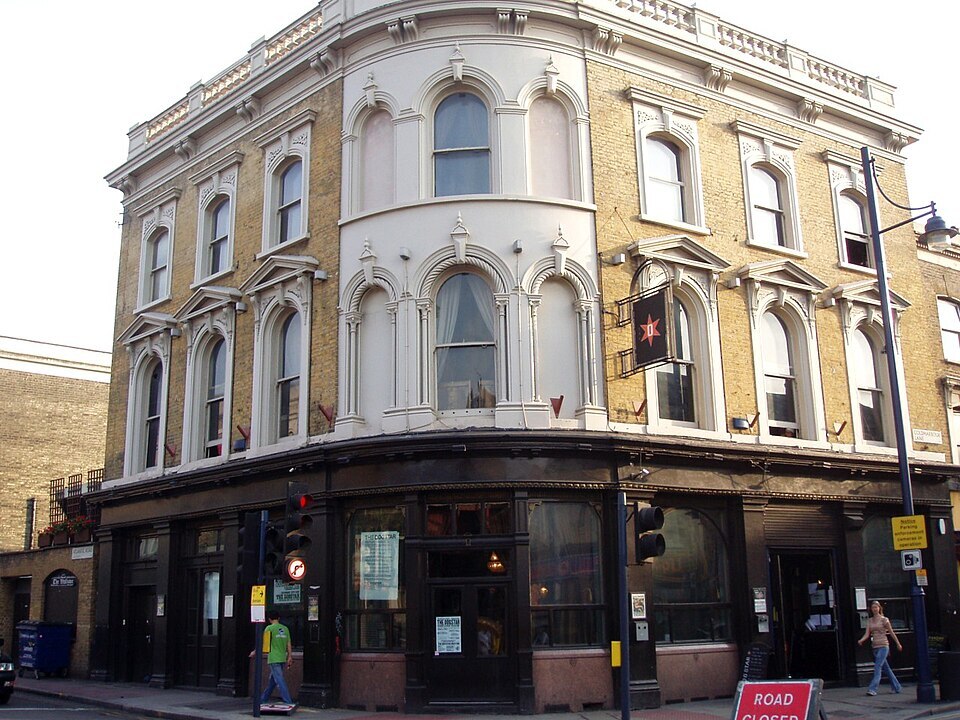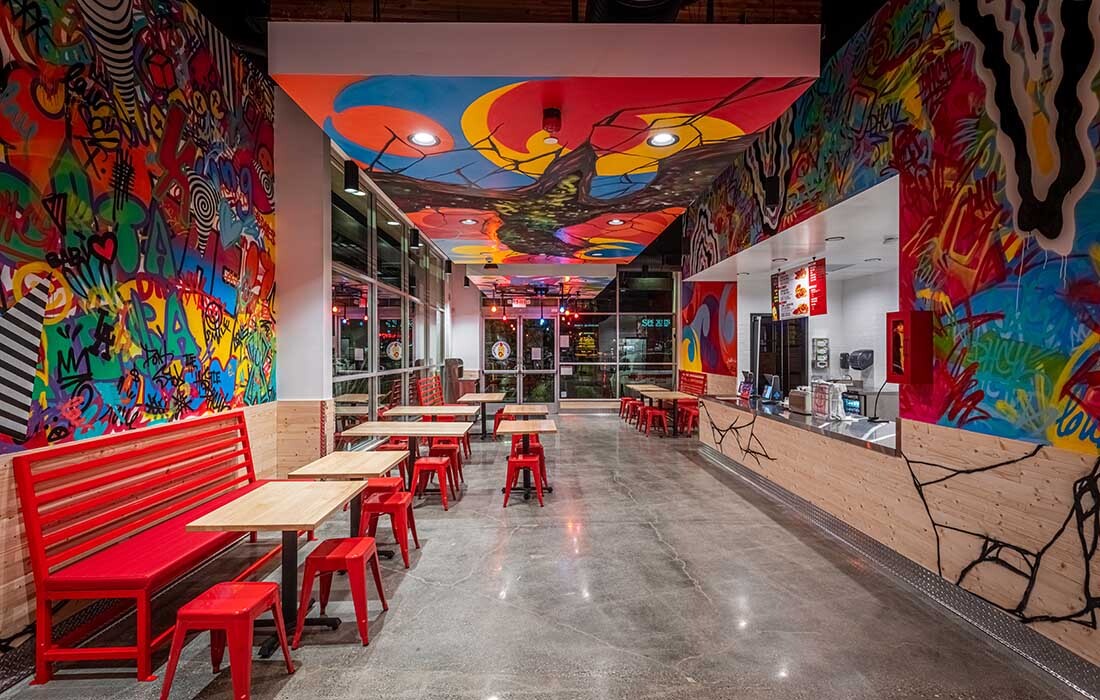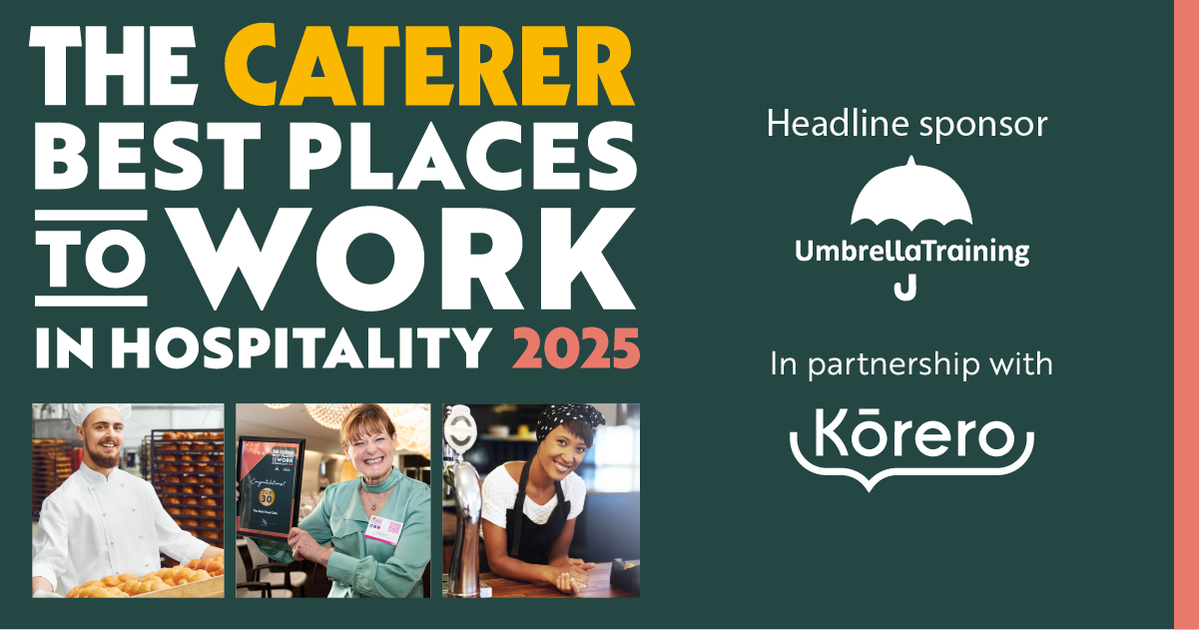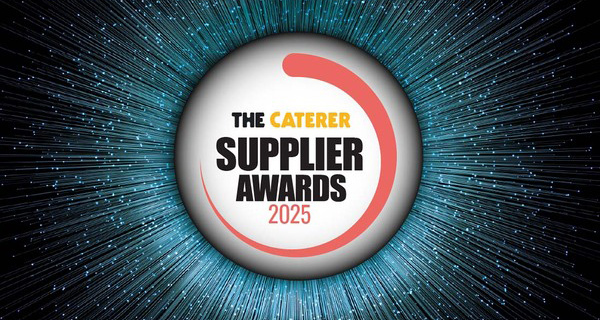How to make your takeaway service accessible to disabled customers
With the Purple Pound valued at £274b annually, operators simply can’t afford to ignore this market. Parma Sira explains.
Many restaurants and bars have gone to great lengths in recent years to make their premises more accessible to disabled diners. But with more food outlets now offering takeaway and delivery services, operators need to look beyond ramps and accessible toilets to make sure they are meeting the needs of disabled customers and attracting the ‘Purple Pound’.
The annual UK spending power of disabled people and their families is £274b and growing. For many disabled people, delivered services are an essential part of daily life, from medicines to general shopping. Making your takeaway services accessible to disabled customers is, therefore, not only the ‘right thing to do’, but it makes good business sense both now and beyond the pandemic.
Much thought may have gone into making your marketing tools, such as takeaway menus, flyers, websites and apps, look good – but what about their functionality? Have you considered how a customer with a visual impairment, or one who has dyslexia or is colour-blind would access your services?
Here are some easy steps you can take to make your services more accessible.
Install a free website accessibility tool on your website
Although many people with communication needs use their own assistive technologies to navigate through websites, it is still important to make your website as accessible as possible. There are many free accessibility tools and widgets that you can easily imbed into your webpages. These give customers the option to change text size and background colours to meet their needs.
Provide alternative text for online images
Screen readers are used by some disabled people to help them access written information online. Screen readers read out text but they cannot read out images. To make any images in your online menus accessible to screen readers, you need to explain the image within the body of your text or include alternative text. Alternative text is one or two sentences that sum up and are tagged to the image. Without this information the screen reader will overlook the image.
Use inclusive images
Research suggests that seven out of 10 people feel more positive towards a brand if its advertising includes disabled people. If you want to attract disabled customers, make sure you are including images of disabled people in your marketing material. Images should represent disabled people in a positive way. Always use real people with disabilities in your images and remember that not everyone with a disability uses a wheelchair.
Remember that not everyone with a disability uses a wheelchair
Be mindful of your font choices and colour schemes
Use a minimum font size of 12 point in any written communication and ideally a sans serif font, as these are often easier to read. Check that there is strong colour contrast between the text and the background colour. Remember that colour may appear differently online than it does in printed material. There are many free colour contrast checkers available online.
Consider layout
Left-aligned text is often easier to read, especially for people with dyslexia. Avoid the unnecessary capitalisations of words. Sentence case is more accessible. Use colour contrast and bold for emphasis.
Offer alternative ways to get information
Always advertise other ways for customers to receive information about your services and products. This could be in the form of a phone number, a text service or a large print version of your takeaway menu. Take the time to respond to customers’ enquiries. They may be calling because they can’t read the information on your menu.
Review the accessibility of third-party delivery services
If you are using an external delivery service, consider how accessible their marketing materials and websites are. Don’t let them be a barrier to customers using your services.
Contact the Smarter London SMEs service
Smarter London SMEs is a free and confidential disability advice service set up by the Business Disability Forum and funded by City Bridge Trust. We can answer your disability questions as well as offer a free consultation session. Even if you are not based in London, we still have plenty of free information available on our website on attracting in and meeting the needs of disabled customers.
Parma Sira is small business disability adviser for Smarter London SMEs
Photo: Shutterstock

